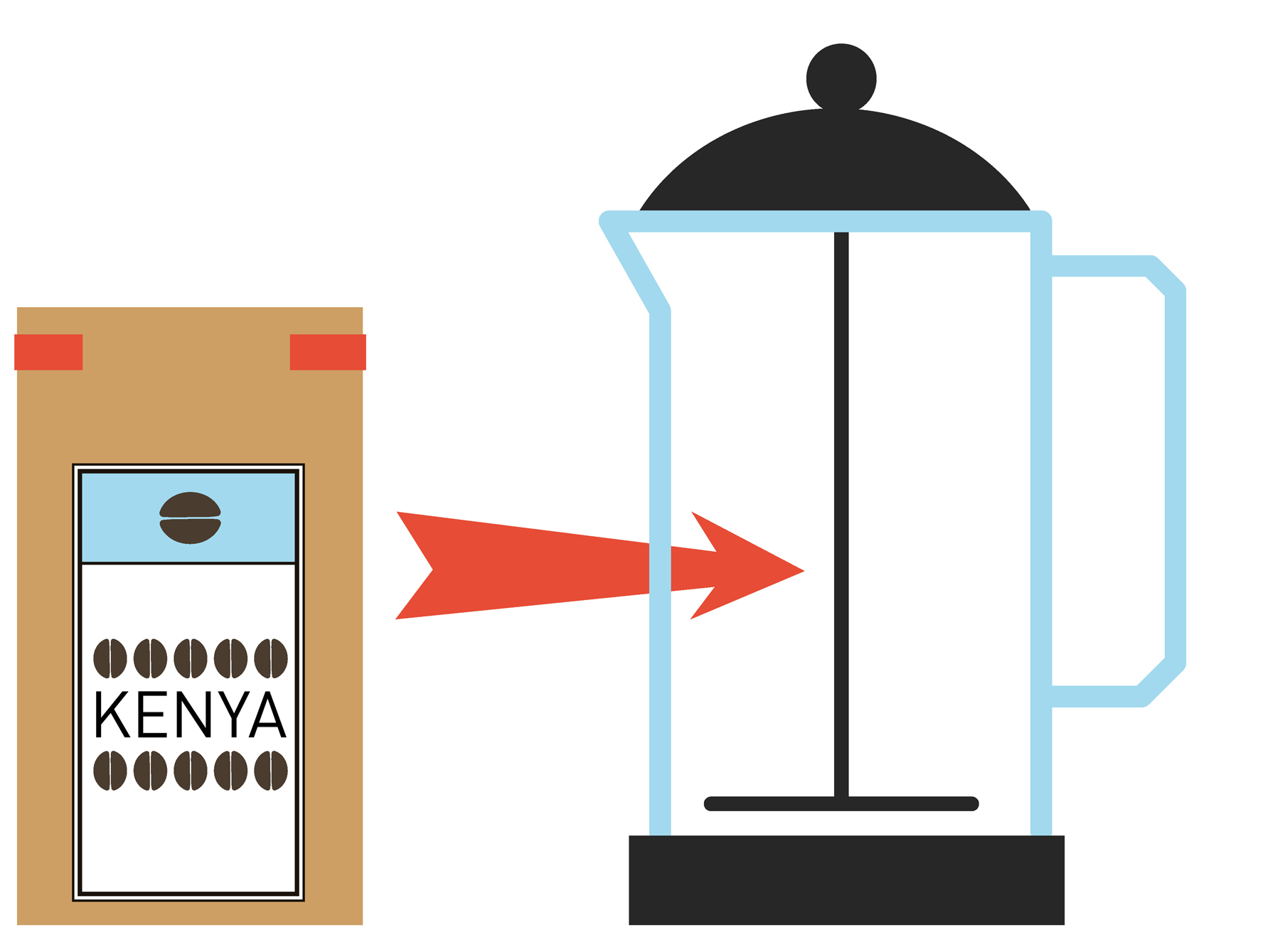ROASTING STYLES
To produce a good coffee, there is more than one way to roast the beans. The master roaster, by adjusting the bean temperature and roasting time, creates a blend of flavors and aromas that is tailored for each coffee.
Roast profiles
Each green coffee bean has its own flavor and aroma potential shaped by its terroir, its variety, its cultivation method, and its processing. It is the job of the master roaster to unlock this potential. The heating time and temperature do not on their own define the roast, since the roast is a matter of more than just cooking, and requires specific temperature variations, known as roast profiles. By playing with these profiles, the artisan roaster can emphasize one quality or another (onset, acidity, aromas, body, sweetness, finish, etc.). Hence, two identical green coffee beans can yield two totally different brews, one more acidic, the other with more pronounced spicy aromas, with a fuller body, and so on. The roaster “interprets” his coffee and stamps his own style on it.

Beware: Appearance can be deceiving!
If you have two beans roasted to the same color, does it mean their roasting profile is the same? No, a profile is not defined by either the final color of the bean or identical start and end temperatures, and certainly not by the final brew. The final color of the bean is merely an indicator of the point at which roasting ceased. The roast profile is the journey it took to get there. Depending on the roast profile for each, these two apparently identical beans will each give a very different brew.

THE TWO CURVES REPRESENT ROAST PROFILES. THEY HAVE THE SAME STARTING POINT AND THE SAME END POINT, AND YET THE RESULTING DRINKS, BREWED IN THE SAME WAY, WILL BE DIFFERENT.
The right roasting style for every purpose
Some beans need to be roasted differently for different brewing methods, whereas others can cope perfectly well with a single roasting style.
Factor 1: The bean
Certain beans are better suited to certain brewing methods. In this case, roasters offer a single roast option; it is up to the barista to alter the brewing method according to the selected coffee.
Factor 2: The brewing method
The preparation method determines the balance of flavors. The same coffee, depending on the chosen method, will develop bitterness after three minutes’ steeping in the case of a filter coffee, or sourness after a 20- to 30-second extraction in the case of an espresso. To compensate for the sour/bitter imbalance, some roasters offer specially tailored roasts for each brewing method.


THE SAME BEAN, BUT A SPECIFIC ROAST STYLE FOR EACH BREWING METHOD

Factor 3: The consumer
Every country has its own consumption and roasting habits. The Scandinavian countries, for example, which are keen on filter coffee, prefer light-roast coffees, whereas the Mediterranean countries use dark-roasted beans for their espressos. This variation is even visible within a single country: southern Italy uses much darker beans than those used in the north of the country.